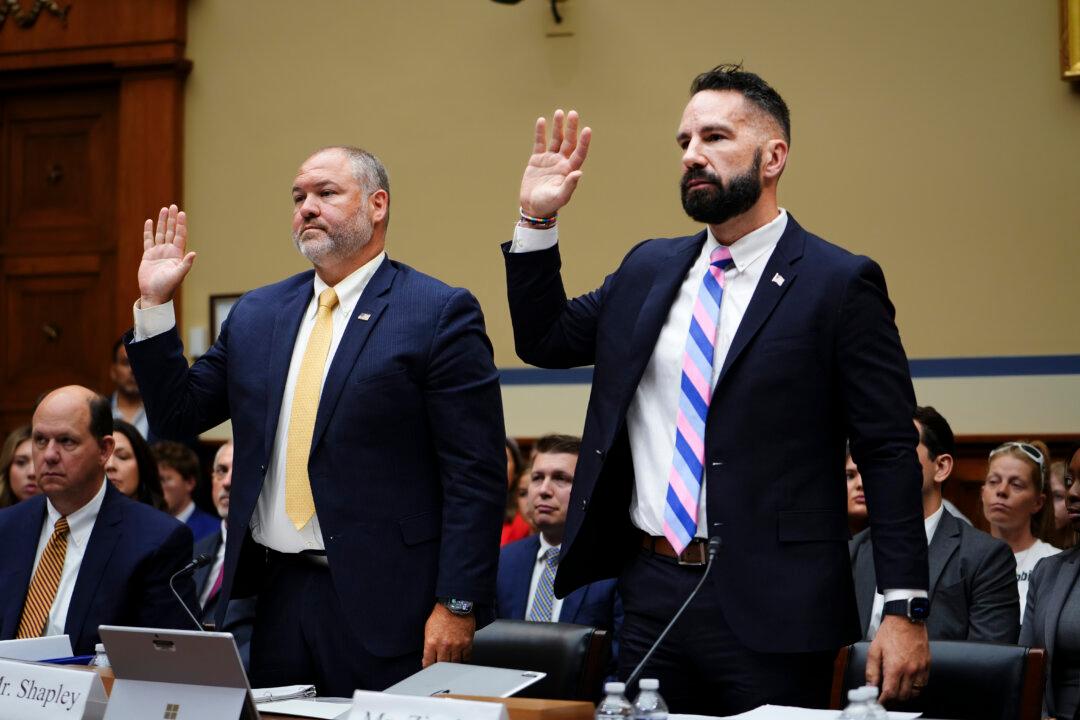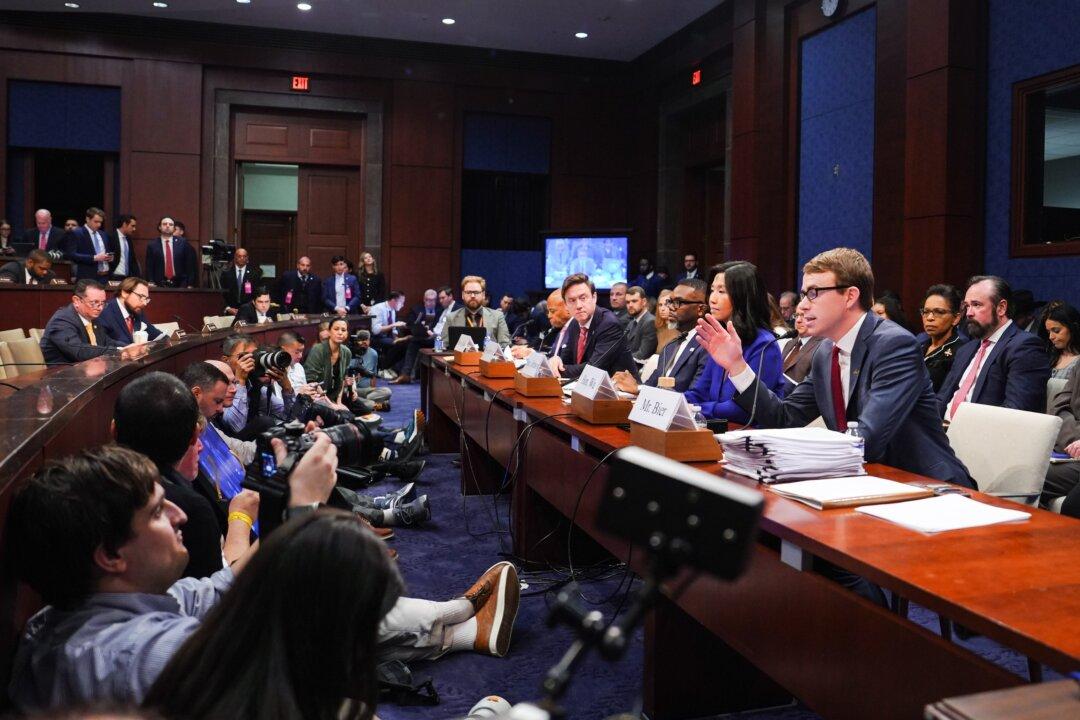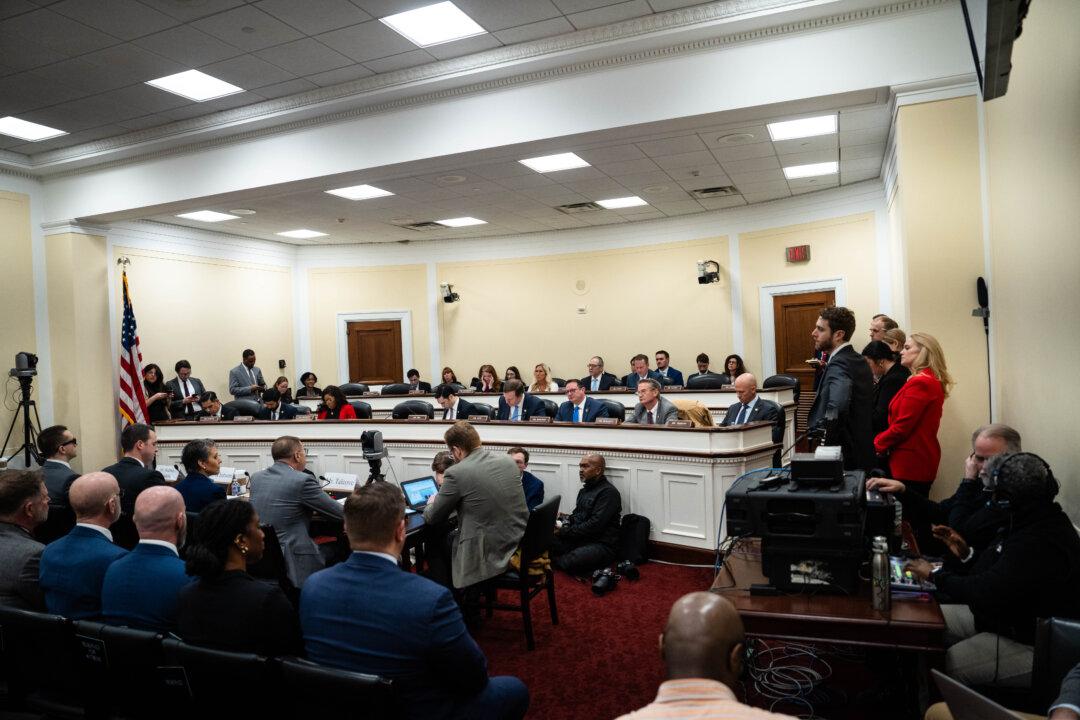More than 5,100 casualties were inflicted among the Americans, Afghans, and allies working on U.S.-funded reconstruction programs in Afghanistan from 2002 to 2018, according to the first-ever official count.
“For years, SIGAR has spent considerable effort to track the financial costs of reconstruction and stabilization activities in Afghanistan,” Special Inspector General for Afghanistan Reconstruction (SIGAR) John Sopko told Department of Defense officials in a report made public on Feb. 11.





